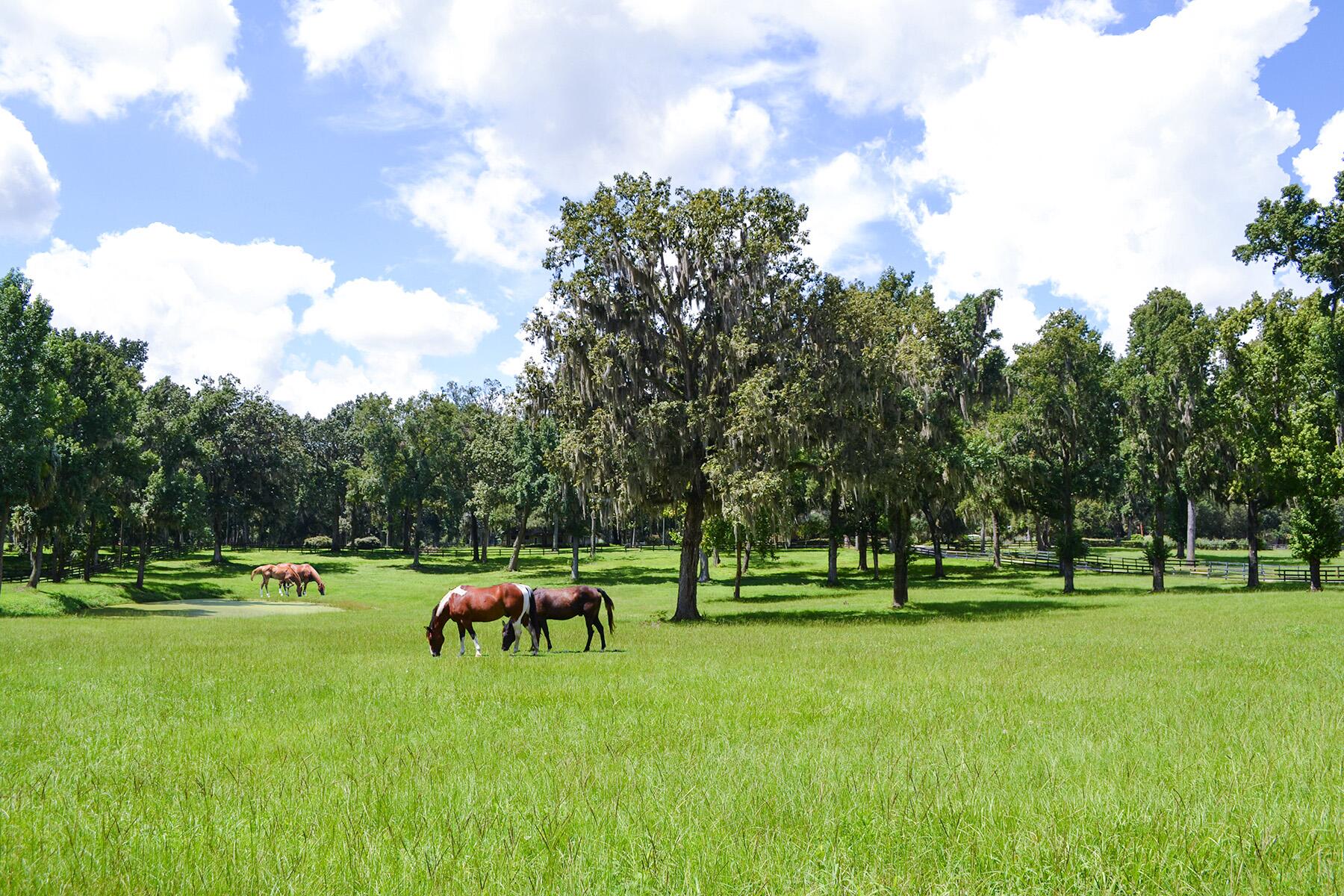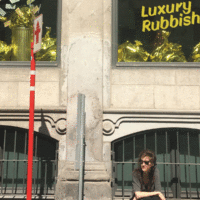Who’s that small creep scurrying across the rocks and why is he looking at me as he runs away?
Ah, lizards: nature’s little creeps, running around the wilderness so quickly, you’d swear they just robbed a tiny convenience store. Many of these little guys truly look like if cartoon characters were your actual nightmares while also looking…very cute, actually? Fact: Lizards are generally disorienting, specifically for this reason. From the lizard that looks like a hell-spawned leaf to the lizard that swims through the water looking like a pleasant torpedo, here are the strangest, goofiest, and most oddly endearing lizards from around the world.





